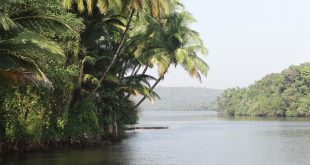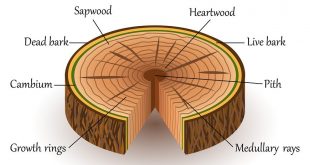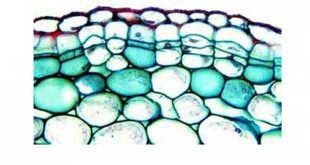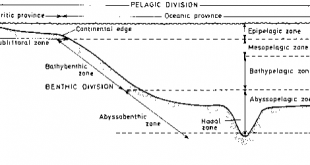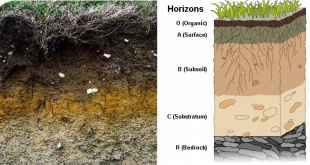Water: Water is a transparent and nearly colorless chemical substance that is the main constitute of Earth’s streams, lakes, oceans and the fluids of most living organisms. Resource: A resource is any physical material constituting part of Earth that people need and have value. Natural materials become resource when humans …
Read More »Ecosystem: Balance & Imbalance
The term ‘ecosystem’ was first used by A. G. Tansley in 1935. Tansley defined an ecosystem as a particular category of physical systems, consisting of organisms and inorganic components in a relatively stable equilibrium, open, and of various sizes and kinds. An ecosystem is a structural and functional unit of …
Read More »Internal Structure of Wood
Wood is a porous and fibrous structural tissue found in the stems and roots of trees and other woody plants. It is an organic material – a natural composite of cellulose fibers that are strong in tension and embedded in a matrix of lignin that resists compression. In this article, Internal structure of Wood …
Read More »Energy Environment: Global Radiation Balance & Energy Budget
Global Radiation Balance There are various factors that influence the amount of radiation coming from the sun to the earth’s surface. Some of the radiation is reflected upward, some is scattered both upward and downward directions. Besides, some of the radiation is absorbed by the clouds and atmosphere. The rest …
Read More »Arsenic: Exposure, Effect & Contamination
Arsenic is a naturally found chemical element whose atomic number is 33 with a symbol as ‘As’. It occurs in many minerals, usually in combination with sulfur and metals, but also as a pure elemental crystal. Arsenic is one of the fundamental chemical element. It is a metalloid. Symbol: As …
Read More »Toxic Substances & Environmental Health
Toxicity is the degree to which a substance can damage an organism. Toxicity can affect a whole organism, such as an animal, bacterium, or plant, as well as a cell (cytotoxicity) or an organ such as the liver (hepatotoxicity). Toxicity effects are dose-dependent; so, even water can lead to water …
Read More »Anomalous Secondary Growth
Anomalous secondary growth” is the term under which have been grouped cambial conformations, cambial products, and cambial numbers which differ from the most common “normal” condition, namely, a single cylindrical cambium that produces phloem externally and xylem internally. In this article, Anomalous secondary growth, it’s causes and position will be …
Read More »Periderm: Structure and Development
Periderm is the corky outer layer of a plant stem formed in secondary thickening or as a response to injury or infection. It is a cylindrical tissue that covers the surfaces of stems and roots of perennial plants during early secondary growth; therefore it is not found in monocots and …
Read More »Marine Environment: Classification & Productivity
The marine environment is an essential component of the global life-support system. Marine environment is different from the terrestrial and freshwater aquatic environment having high salt concentration. Its water covers approximately 71% of the earth’s surface. This is equivalent to 361 million sq. kilometers (139 million sq. miles). Average depth of …
Read More »Soil Horizons Development & Soil Profile
Do you ever dig down deep into any soil? If you did so, you may have followed different colors and layers in there. These layers are called horizons in soil science. The idea of Horizon and Soil Horizons are slightly different. Horizon is a distinct layer of soil, approximately parallel …
Read More » Plantlet The Blogging Platform of Department of Botany, University of Dhaka
Plantlet The Blogging Platform of Department of Botany, University of Dhaka
